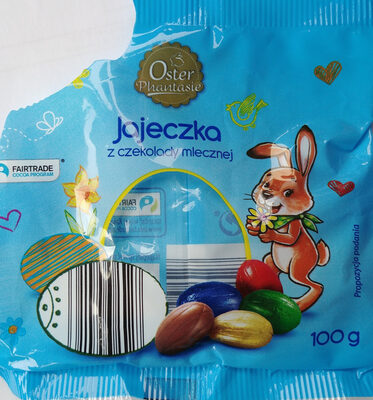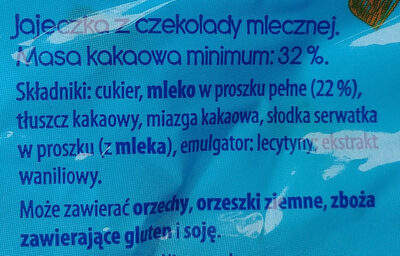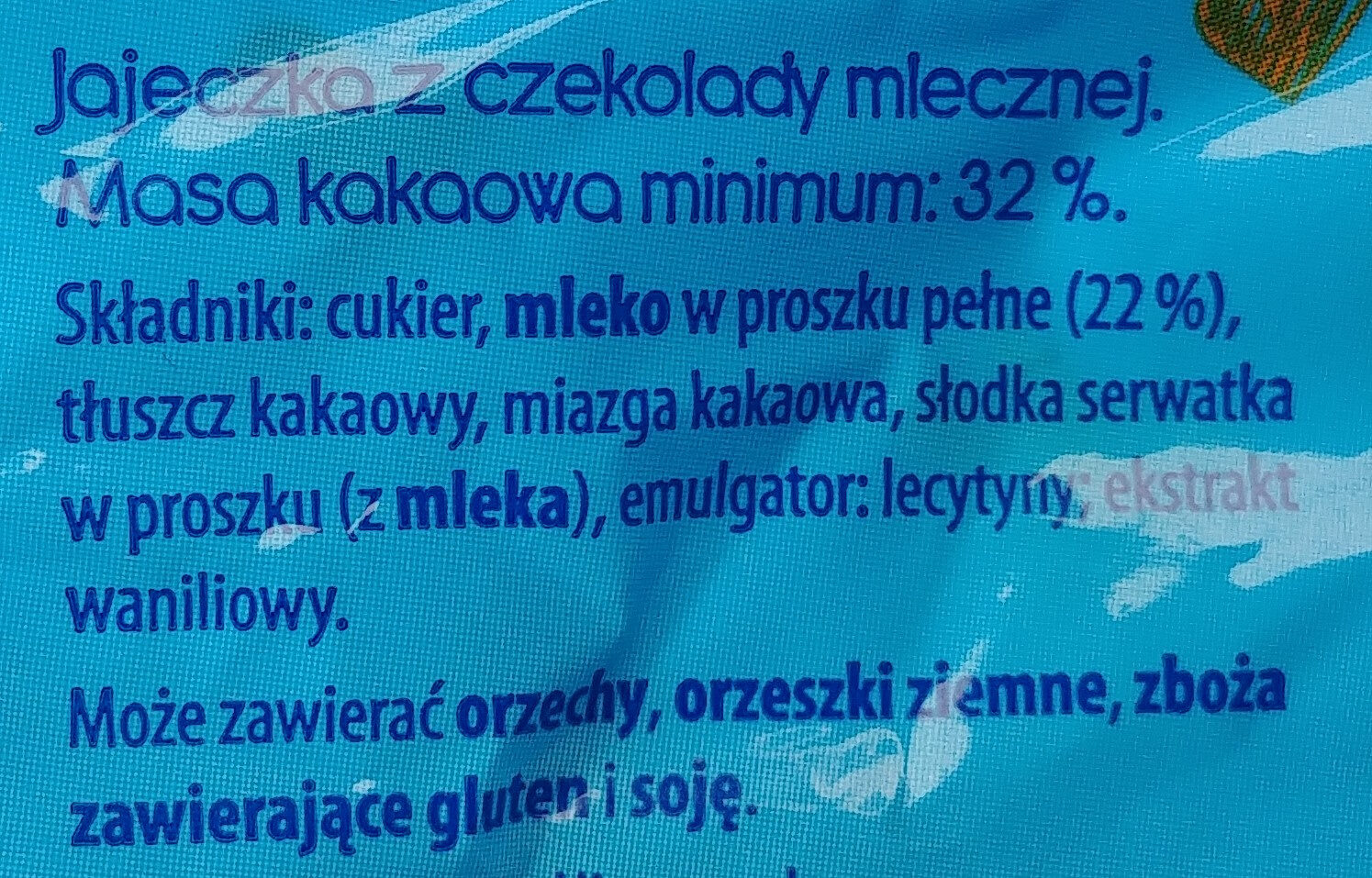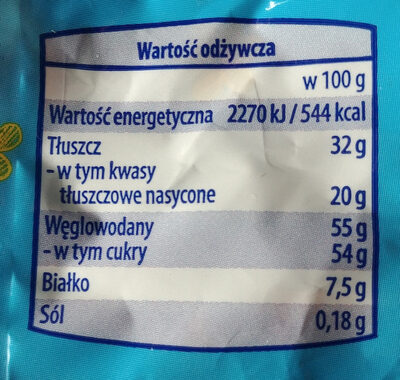Jajeczka z czekolady mlecznej - Oster Phantasie - 100 g
Ambiguous barcode: This product has a Restricted Circulation Number barcode for products within a company. This means that different producers and stores can use the same barcode for different products.
×
This product page is not complete. You can help to complete it by editing it and adding more data from the photos we have, or by taking more photos using the app for Android or iPhone/iPad. Thank you!
×
Barcode: 28069416
Quantity: 100 g
Packaging: Metal, Plastic, Recyclable Metals, Aluminium, pl:PP5
Brands: Oster Phantasie
Categories: Snacks, Sweet snacks, Cocoa and its products, Festive foods, Chocolates, Easter food, Chocolate eggs, Easter eggs
Labels, certifications, awards:
Fair trade, Fairtrade International, Made in Germany
Manufacturing or processing places: 73265 Dettingen/Teck, Niemcy
Link to the product page on the official site of the producer: http://www.rk-schoko.de
Stores: Lidl
Countries where sold: Poland
Matching with your preferences
Environment
Packaging
Transportation
Labels
Report a problem
Data sources
Product added on by pyrka
Last edit of product page on by packbot.
Product page also edited by moon-rabbit, openfoodfacts-contributors.











